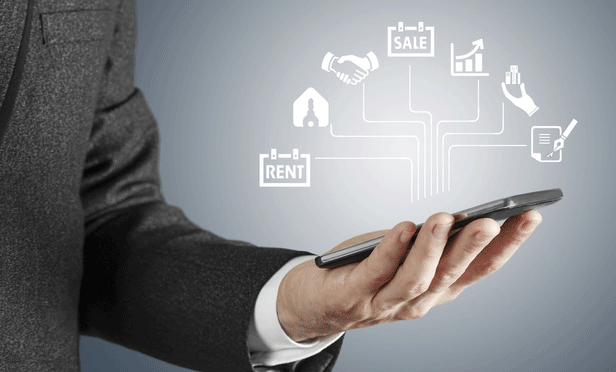© 2025 ALM Global, LLC, All Rights Reserved. Request academic re-use from www.copyright.com. All other uses, submit a request to [email protected]. For more information visit Asset & Logo Licensing.
Trending Stories
Events
- GlobeSt. Multifamily Spring 2025 April 01, 2025 - New YorkJoin the industry's top owners, investors, developers, brokers & financiers at THE MULTIFAMILY EVENT OF THE YEAR!More Information
- GlobeSt. Net Lease Spring 2025 April 01, 2025 - New YorkThis conference brings together the industry's most influential & knowledgeable real estate executives from the net lease sector.More Information
- Real EstateGlobeSt. ELITE Women of Influence (WOI) 2025July 21, 2025 - DenverGlobeSt. Women of Influence Conference celebrates the women who drive the commercial real estate industry forward.More Information
Recommended Stories
DOGE Lease Terminations Top 2.3M Square Feet
By Kristen Smithberg | February 21, 2025
Savings of about $145 million are attributed to real estate cost-cutting.
LightBox Launches Tool to Unmask LLC Property Owners
By Erik Sherman | February 21, 2025
The company says it’s a way to help track down and reach decision-makers.
Public Pension Fund Seeks $1.1B for Manhattan Office
By Anthony Russo | February 21, 2025
Eastdil Secured is handling the marketing.
Resource Center

Case Study
Sponsored by Flume Internet
Case Study: How a Luxury Multifamily Property Increased NOI with Building-Wide Internet
A Los Angeles luxury development increased NOI by integrating building-wide fiber internet. Learn how property owners and managers enhanced tenant satisfaction, reduced costs, and streamlined connectivity. Download this case study to see how smart infrastructure upgrades can boost revenue and improve operational efficiency.

Report
Sponsored by Building Engines
The State of Commercial Property Management Technology in 2025
Commercial property teams are navigating changing times where technology plays a crucial role in operations, tenant satisfaction, and sustainability. This report, based on insights from 370 industry professionals, reveals the biggest priorities, challenges, and opportunities for CRE technology adoption in 2025. Don’t miss it.

Report
Sponsored by Building Engines
The State of Commercial Property Management Technology in 2025
Commercial property teams are navigating changing times where technology plays a crucial role in operations, tenant satisfaction, and sustainability. This report, based on insights from 370 industry professionals, reveals the biggest priorities, challenges, and opportunities for CRE technology adoption in 2025. Don’t miss it.





